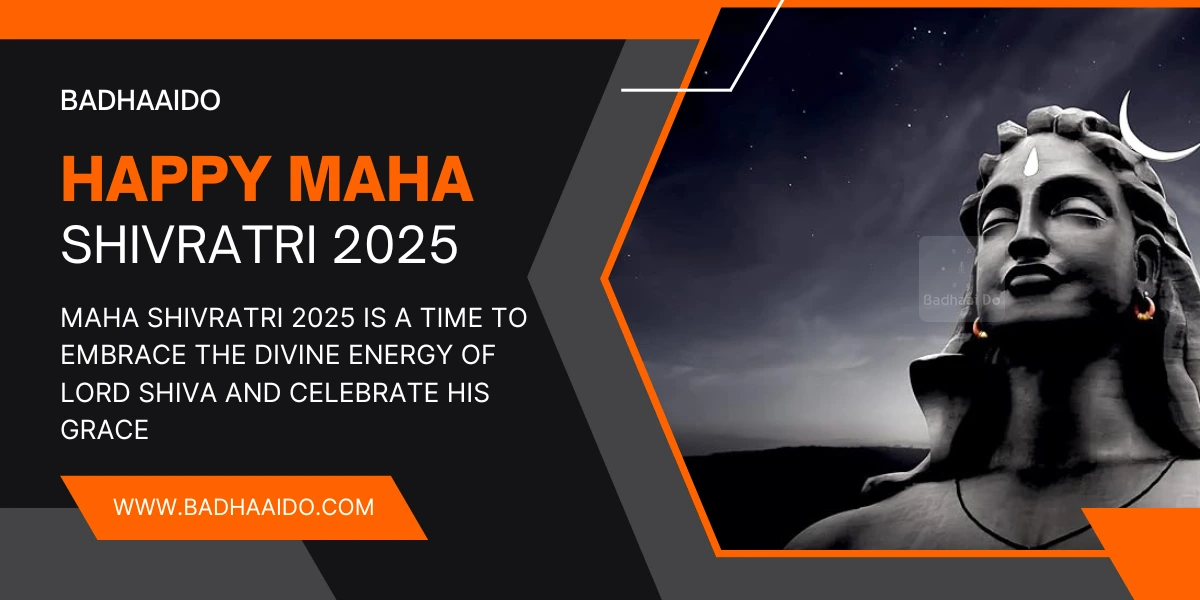Mahashivratri 2025: Embracing the Spiritual Significance of the Darkest Night
What is Mahashivratri and Why is it Observed?
Mahashivratri, known as “The Great Night of Shiva,” holds immense importance in India’s spiritual practices.
Shivratri, observed on the fourteenth day of every lunar month, or the day before the new moon, is significant. Among the twelve Shivratris each year, Mahashivratri, which falls in February or March, is the most spiritually important. On this night, the northern hemisphere experiences a natural surge of energy that aligns with the human system. This is a time when nature itself directs individuals toward their spiritual growth. The festival, celebrated through the night, is meant to channel this energy effectively. A key aspect of the celebration is staying awake with the spine erect throughout the night, facilitating this spiritual awakening.
Significance of Mahashivratri
Mahashivratri holds deep meaning for individuals on a spiritual journey, as well as for those living in family settings or pursuing worldly ambitions. For family-oriented individuals, this night marks the wedding anniversary of Lord Shiva. Meanwhile, those with material goals view it as the day Shiva triumphed over his adversaries.
For ascetics, however, it symbolizes the day Shiva united with Mount Kailash, achieving stillness and tranquility. In yogic tradition, Shiva is revered not merely as a deity, but as the Adi Guru—the first master of Yoga. After enduring years of meditation, Shiva attained complete stillness, and it is believed that Mahashivratri marks that moment of ultimate peace. Ascetics thus celebrate this night as one of profound stillness and spiritual culmination.
Spiritual Importance of Mahashivratri
Beyond the legends, the true significance of Mahashivratri lies in the unique spiritual opportunities it offers to seekers. Modern science has advanced to a point where it suggests that everything we perceive as life, matter, and the cosmos is essentially one energy that manifests in countless forms.
This scientific understanding mirrors the experiential reality of every yogi. A “yogi” is someone who has realized the oneness of existence. When we refer to “yoga,” it is not about a specific practice but about the deep longing to understand the boundless unity of all things. Mahashivratri provides a chance to experience this profound realization.
Shivratri – The Night of Darkness
Shivratri, considered the darkest night of the month, might seem like a celebration of darkness. On a surface level, one might resist darkness, instinctively favoring light. However, the term “Shiva” literally means “that which is not.” Creation and existence represent “that which is,” while Shiva symbolizes the absence of it. Looking at the world with a narrow perspective, one may only see creation. However, with a broader vision, one realizes that the vast emptiness is the greatest presence in the universe.
The Deeper Significance of Shivratri
Light is a transient phenomenon, momentary in nature. Even the greatest source of light—the sun—can be blocked, casting a shadow of darkness. Darkness, however, is all-encompassing and omnipresent. Throughout history, many have mistakenly associated darkness with negativity. Yet, when we speak of the divine as all-encompassing, we are indeed describing it as darkness, since only darkness is truly pervasive. It does not depend on anything else and exists everywhere, symbolizing the infinite nature of the divine.
Mahashivratri: Embracing the Spiritual Significance of the Darkest Night – Celebrate this sacred occasion with the Badhaai Do app, as we guide you through the spiritual essence of Shiva’s night and its deeper meaning


